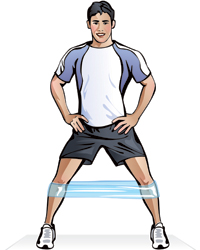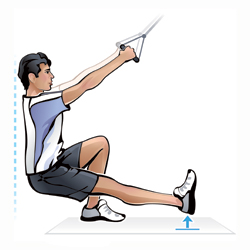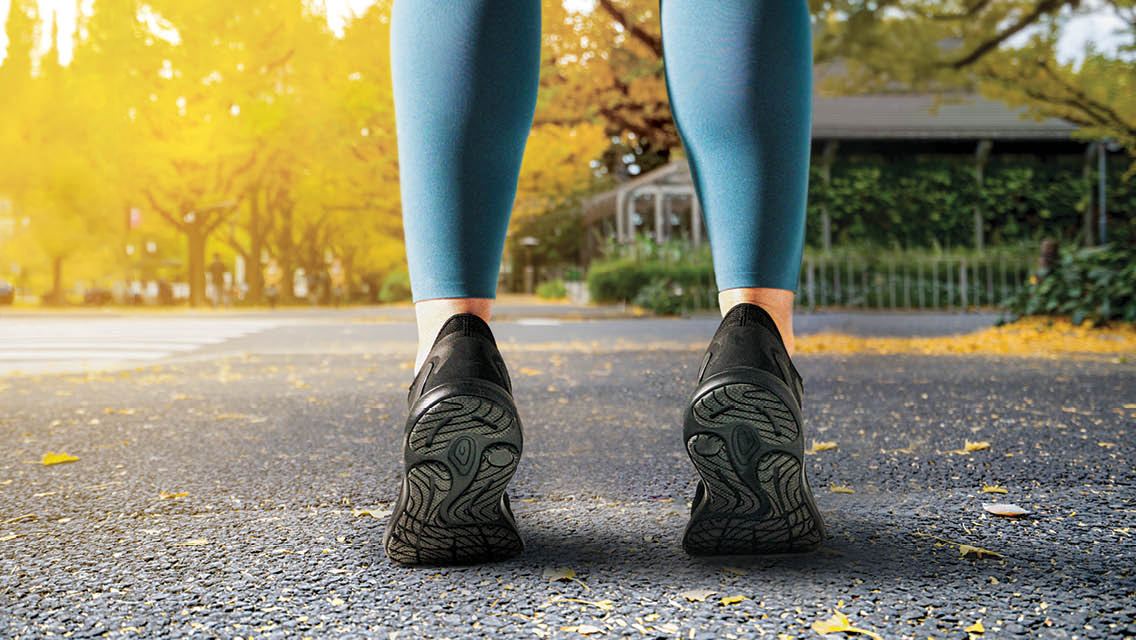Patellofemoral Pain Syndrome (PFPS), also known as anterior knee pain or runner’s knee, is the single most common form of knee pain, yet it remains the most inexplicable.
Unlike other injuries, it doesn’t involve obvious structural damage to the knee joint. The pain itself, which can range from mild to stabbing, is the condition. This chronic irritation of the nerves under the kneecap is a result of a complex interaction between anatomical and training factors, explains Margarita Sevilla, MD, a sports medicine physician for the Ironman World Championship in Hawaii. “Overuse is often a factor, as is misalignment of the patella in relation to the hips, muscle imbalances and trauma.” Running style may also be a factor; heel strikers have a higher incidence of PFPS.
While you can’t control biomechanical factors that contribute to symptoms, there’s plenty you can do from a training perspective. “In my experience, one of the two main causes of PFPS is excessive use of shoe orthotics,” says Sevilla. “I analyze my runners’ gaits and help them find the right running shoes. And for bikers, it’s very important to have a good bike fit and make sure to use the right pedals. Everyone has different needs.”
The other common cause she points to is weak core and glute muscles. Sevilla recommends seeing a physician to rule out other sources of knee pain, such as meniscus damage or osteoarthritis, but for PFPS, she suggests doing the following exercises four to five times per week to see improvement.
Monster Walks

- Stretch a mini band around your knees.
- Bending both knees slightly, take small, lateral steps.
- Continue for one minute, switching directions at the 30-second mark. Do three sets.
Assisted Single-Leg Squats

- Face a waist-high railing, grasping it with both hands. (You can also use a suspension trainer.)
- Shift your weight onto your left foot.
- Keeping your right foot off the ground in front of you, push your butt backward and perform a deep squat on your left leg.
- Keeping your torso upright, drive through your left heel to bring your body back to the starting position.
- Do three sets of 12 to 15 slow, controlled repetitions.




